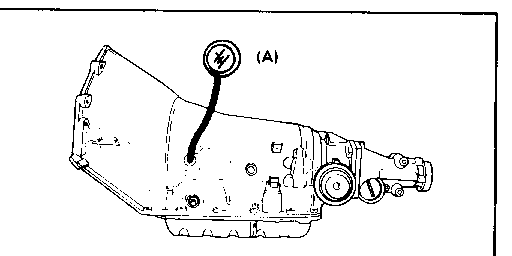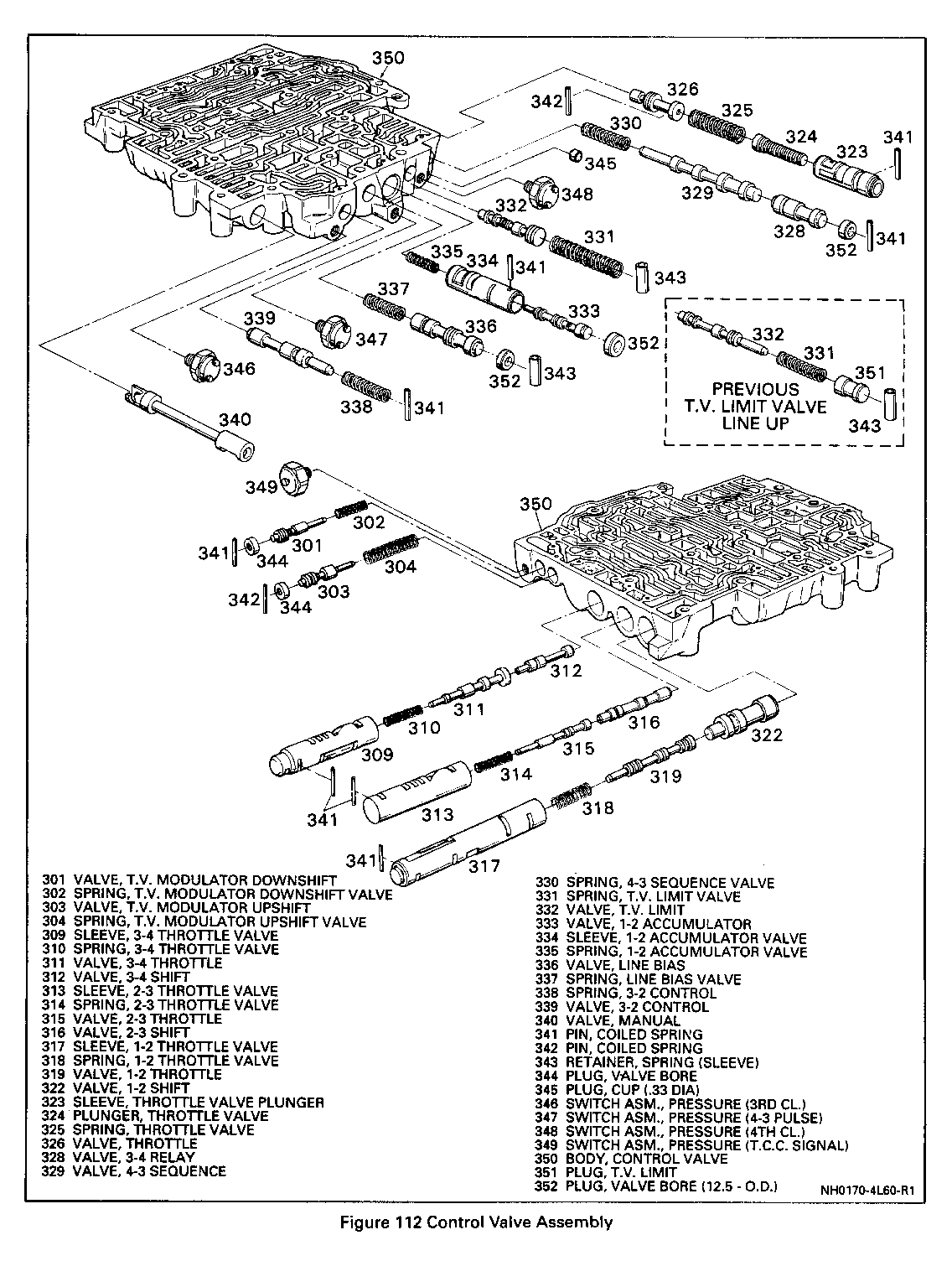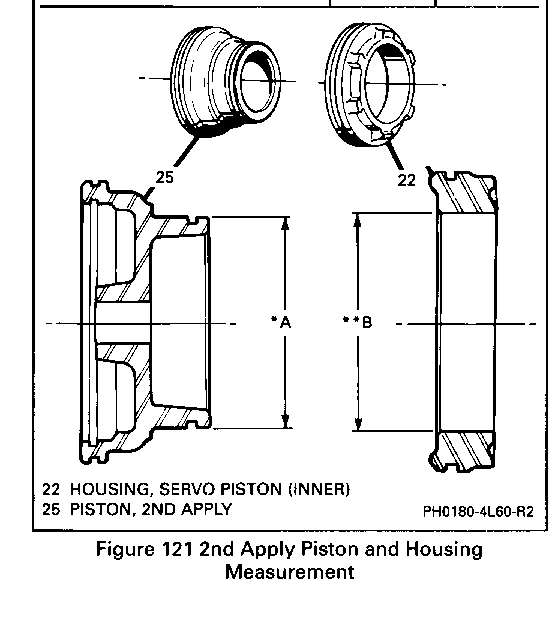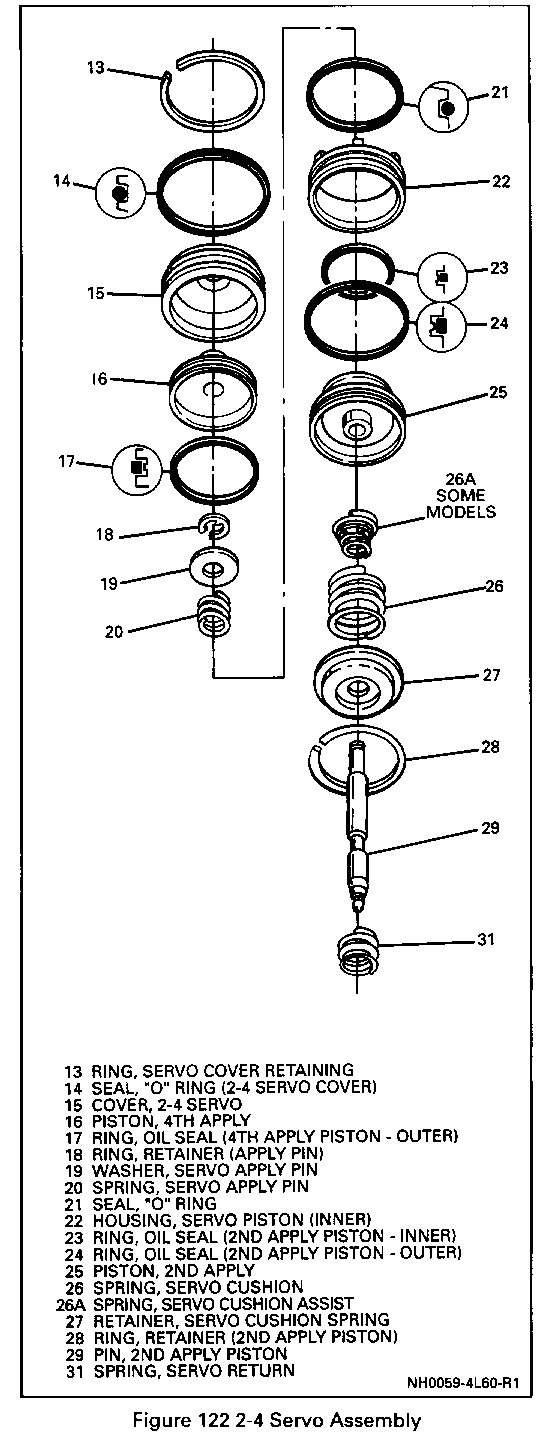SERVICE MANUAL UPDATE - SEC. 7 TRANS. UNIT REPAIR INFORMATION

SUBJECT: NEW CALIBRATION CHANGED TV LIMIT LINE-UP
MODEL and YEAR: 1992 CAPRICE, CAMARO, CORVETTE AND 1992 C/K, S/T, G, M/L TRUCKS WITH 4L60 AUTOMATIC TRANSMISSION
TRANSMISSION APPLICATIONS:
1992 HYDRA-MATIC 4L60 (MD8)
TRANSMISSION MODELS:
All
SUBJECT: ------- 1992 Service Manual Update Transmission Unit Repair Update (General Information)
VEHICLE APPLICATIONS:
B, F, Y - Cars C/K, S/T - Trucks G, M/L - Vans
BULLETIN COVERS:
New Product Information for 1992 HYDRA-MATIC 4L60 transmissions. This information has been updated since publication of the 1992 Service Manual and should be noted accordingly. Be certain to familiarize yourself with these updates to properly repair the 1992 HYDRA-MATIC 4L60 transmission.
DATE OF PRODUCTION CHANGE:
On August 14,1991 (Julian Date 226), the HYDRA-MATIC 4L60 transmissions were built with a new calibration that changed the TV limit line-up. The changes included a new TV limit valve (Ill. 332), a new TV limit valve spring (Ill. 331), and eliminates the TV limit plug (Ill. 351) Figure 112. Also included is an updated line pressure check chart and an updated 2nd apply piston and housing application chart.
SERVICE MANUAL REFERENCE:
Update your 1992 Service Manual Section 7 Transmission with the following three (3) pages which are 7A-15a-6, 7A-15b-50 and 7A-15b-56.
LINE PRESSURE CHECK PROCEDURE
o CHECK TRANSMISSION FLUID LEVEL
o CHECK AND ADJUST TV CABLE
o CHECK OUTSIDE MANUAL LINKAGE AND CORRECT
o CHECK ENGINE TUNE
o INSTALL PRESSURE GAGE
o CONNECT TACHOMETER TO ENGINE
o CHECK PRESSURE AS FOLLOWS: Minimum TV Line Pressure Check
Set the TV cable to specification; and with the brakes applied, take the line pressure readings in the ranges and at the engine rpm indicated in the chart below.
Full TV Line Pressure Check
Full TV line pressure readings are obtained by tying or holding the TV cable to the full extent of its travel; and with the brakes applied, take the line pressure readings in the ranges and at the engine rpm indicated in the chart below.
*NOTICE: Total running time combination not to exceed 2 minutes.
*CAUTION: Brakes must be applied at all times.
o Cover (15) for porosity or damage.
o Seals for:
- Nicks or cuts.
- Freeness in the seal groove.
o Springs for distortion.
o Pin for wear or buffs.
IMPORTANT
o Check servo bore in the case for any wear may cut the servo seals.
MEASURE
Figure 121
1. Measure piston (25) dimension *A.
2. Measure housing (22) dimension **B.
3. Check model application.





General Motors bulletins are intended for use by professional technicians, not a "do-it-yourselfer". They are written to inform those technicians of conditions that may occur on some vehicles, or to provide information that could assist in the proper service of a vehicle. Properly trained technicians have the equipment, tools, safety instructions and know-how to do a job properly and safely. If a condition is described, do not assume that the bulletin applies to your vehicle, or that your vehicle will have that condition. See a General Motors dealer servicing your brand of General Motors vehicle for information on whether your vehicle may benefit from the information.
